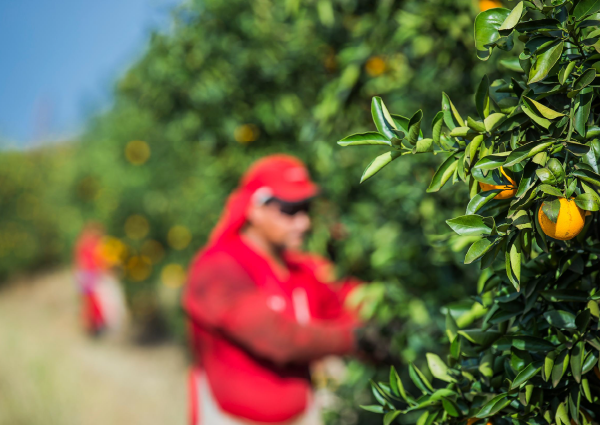The orange juice supply chain is evolving with the help of cutting-edge technologies that enhance production, distribution, and sustainability. Automation, IoT, and data analytics are optimizing processes, reducing energy consumption, and minimizing waste, making the industry more efficient and eco-friendly.
By adopting these advanced solutions, citrus producers can increase quality, ensure sustainability, and meet consumer demand while minimizing their environmental impact.
Leveraging automation and IoT for enhanced efficiency
Automation and the Internet of Things (IoT) are revolutionizing the way orange juice is produced and distributed. Smart sensors and automated systems optimize every step of the process, from harvesting to bottling, ensuring that operations are more efficient and require fewer resources.
These technologies monitor equipment performance, track fruit ripeness, and automate production lines, resulting in faster production cycles and a significant reduction in manual labor.
Data-driven demand forecasting and smart logistics
With data analytics, citrus producers can forecast demand with greater accuracy, optimizing supply chain management and reducing waste. Predictive models use historical and real-time data to adjust production volumes and distribution schedules, ensuring the right amount of juice is produced and delivered to meet market needs.
Smart logistics systems also play a vital role in optimizing the transportation and storage of orange juice. By tracking inventory and transportation conditions in real-time, companies can reduce delays, improve fuel efficiency, and ensure that the juice reaches consumers in the best condition.
Energy efficiency in the citrus supply chain
Energy efficiency is a crucial factor in improving sustainability across the citrus industry. Advanced energy management systems are being implemented at various stages of the production process, from juice extraction to bottling, to monitor and optimize energy use.
Energy-efficient systems: optimize energy use during key stages of production and distribution.
Cost savings: reduces overall energy expenses by improving system efficiencies.
Carbon footprint reduction: helps lower emissions, supporting long-term sustainability goals.
A study* highlights that the integration of energy-saving technologies across industries, including food and beverage, is expected to drive substantial market growth, with the smart logistics and automation sector reaching USD 27.29 billion by 2029.
*Source: Mordor Intelligence
The integration of automation, IoT, and sustainable practices in the orange juice supply chain is setting a new standard for efficiency, quality, and environmental responsibility. These innovations improve operational performance and support sustainability goals, paving the way for a greener future.


